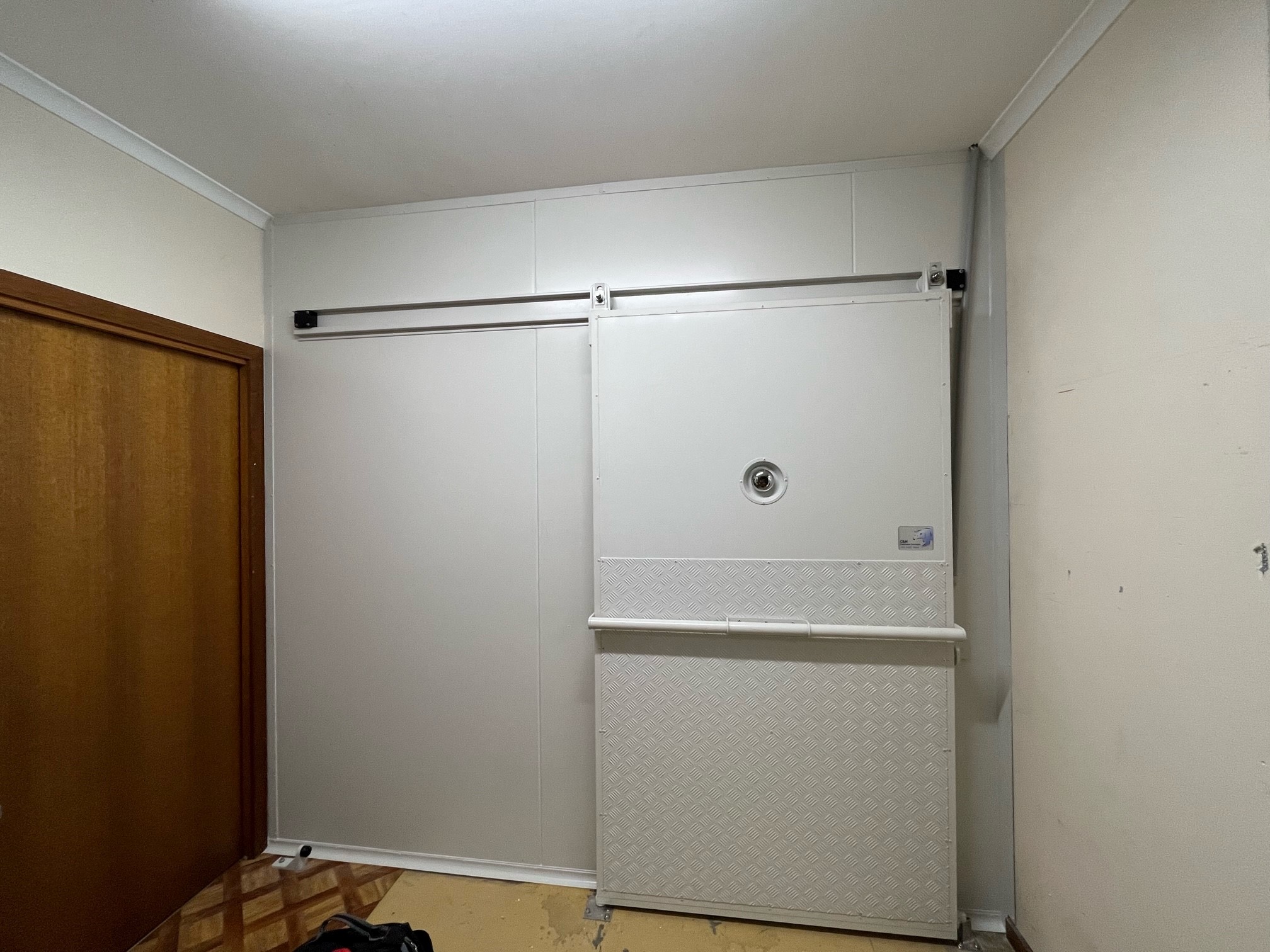Customised Industrial Freezer Rooms: Construction for Food Processing Facilities
- 07 June 2024

Discover the key considerations for constructing customised industrial freezer rooms tailored to the unique needs of food processing facilities in Australia.
When it comes to food processing, maintaining precise temperature control is crucial for preserving product quality, safety, and shelf life. Industrial freezer rooms play a vital role in this process, providing a controlled environment that ensures perishable goods remain frozen throughout storage and transportation.
At CM Cool Rooms, we specialise in creating customised industrial freezer rooms that meet the unique needs of food processing facilities across Australia.
Insulation and Thermal Efficiency
Proper insulation not only maintains the desired temperature but also minimises energy consumption and operating costs. When designing your freezer room, consider the following:
Insulation material: Choose a high-performance insulation material that provides excellent thermal resistance, such as polyurethane or polystyrene foam.
Insulation thickness: Ensure that the insulation is thick enough to maintain the required temperature range and minimise heat transfer.
Airtightness: Seal all gaps and joints to prevent air leaks, which can compromise the room’s thermal efficiency.
Temperature and Humidity Control
Precise temperature and humidity control are essential for maintaining product quality and safety. When designing your industrial freezer room, consider the following:
Temperature range: Determine the appropriate temperature range for your specific products, taking into account factors such as product type, packaging, and storage duration.
Humidity control: Depending on your product requirements, you may need to control humidity levels to prevent moisture build-up or freezer burn.
Temperature monitoring: Install reliable temperature monitoring systems to ensure that the freezer room maintains the desired temperature range at all times.
Airflow and Circulation
Proper airflow and circulation are crucial for ensuring even temperature distribution throughout the freezer room. When designing your industrial freezer room, consider the following:
Airflow patterns: Design the room’s layout and placement of evaporators to ensure optimal airflow and prevent cold spots or hot spots.
Air circulation: Install fans or air circulation systems to promote even air distribution and prevent stagnant areas.
Product placement: Ensure that products are stored in a way that allows for adequate airflow around and between pallets or shelves.
Compliance and Safety
When constructing an industrial freezer room, it’s essential to comply with all relevant building codes, safety regulations, and industry standards. Consider the following:
Regulatory compliance: Ensure that the freezer room meets all applicable building codes, fire safety regulations, and food safety standards.
Worker safety: Incorporate safety features such as emergency exits, panic hardware, and adequate lighting to protect workers.
Maintenance and cleaning: Design the room for easy maintenance and cleaning, with smooth, non-porous surfaces that resist bacterial growth and are easy to sanitise.
By considering these key factors when designing and constructing your industrial freezer room, you can ensure that your food processing facility operates efficiently, effectively, and in compliance with all relevant regulations. At CM Cool Rooms, we have the expertise and experience to help you create a customised freezer room that meets your unique needs and supports the success of your food processing business.
Mark Connelly
C&M Coolroom Services
E-mail : markconnelly@cmcoolrooms.com.au
Mobile: 0412 536 315


